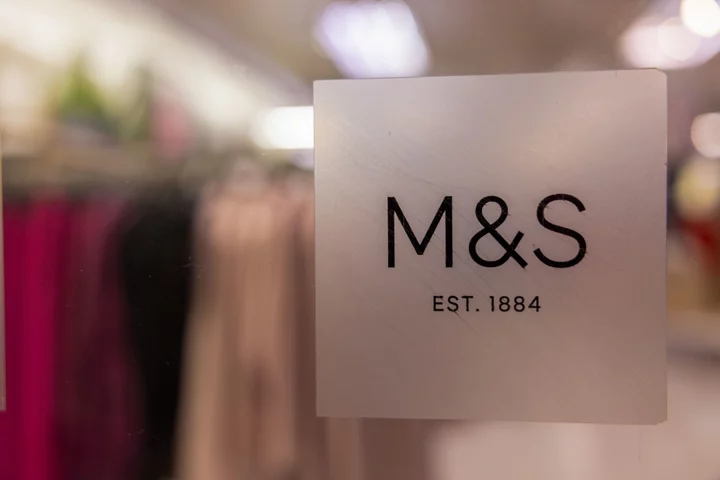Omega, the Swiss watch brand known for its Speedmaster and Seamaster models, raised prices by as much as 8% in a move that could hurt sales, according to investment bank Morgan Stanley.
Omega recently raised prices by 2% in Switzerland and China, as well as by 8% in the US, the biggest export market for Swiss timepieces, Morgan Stanley analysts wrote in a report, citing their own price tracking data.
The move comes as other watch brands of Swatch Group AG struggle to grow revenue and could weigh on sales volumes of top brand Omega, which is the third-biggest Swiss marque by revenue.
“The Omega price increase results from weakness rather than strength,” analysts led by Edouard Aubin wrote in the report. “With some of the group’s leading brands (Longines, Tissot, Breguet, etc.) struggling, we estimate that the Swatch Group is increasingly dependent on Omega’s cash flow.”
An Omega spokesperson didn’t immediately respond to a request for comment.
Swatch Group got a third of its sales and about 60% of its operating profit from Omega in 2022, according to Morgan Stanley estimates. The brand, which recently introduced new versions of its Seamaster diving watch collection to mark the 75th anniversary of the model, could see pressure on sales growth following the price hikes.
The US overtook China in 2021 as the top export market for Swiss timepieces. Recent demand is showing signs of weakness however with exports to the US declining in April for the first time in more than two years. They rebounded in May.
While models from Rolex SA, the biggest Swiss watchmaker, are extremely difficult to buy at retail because demand outstrips supply, products from Omega, whose sales are estimated at about 2.5 billion francs ($2.8 billion), are easier to come by.
The price increases may reduce Omega’s sales volumes, especially since the brand isn’t actively trying to keep its bestselling models scarce, the Morgan Stanley analysts said.
Omega and other Swatch brands including Longines and Tissot raised prices in the UK and Europe in February.
Most Omega watches trade below their retail price on the secondary market while most Rolex models trade at a premium, according to data from WatchCharts.









